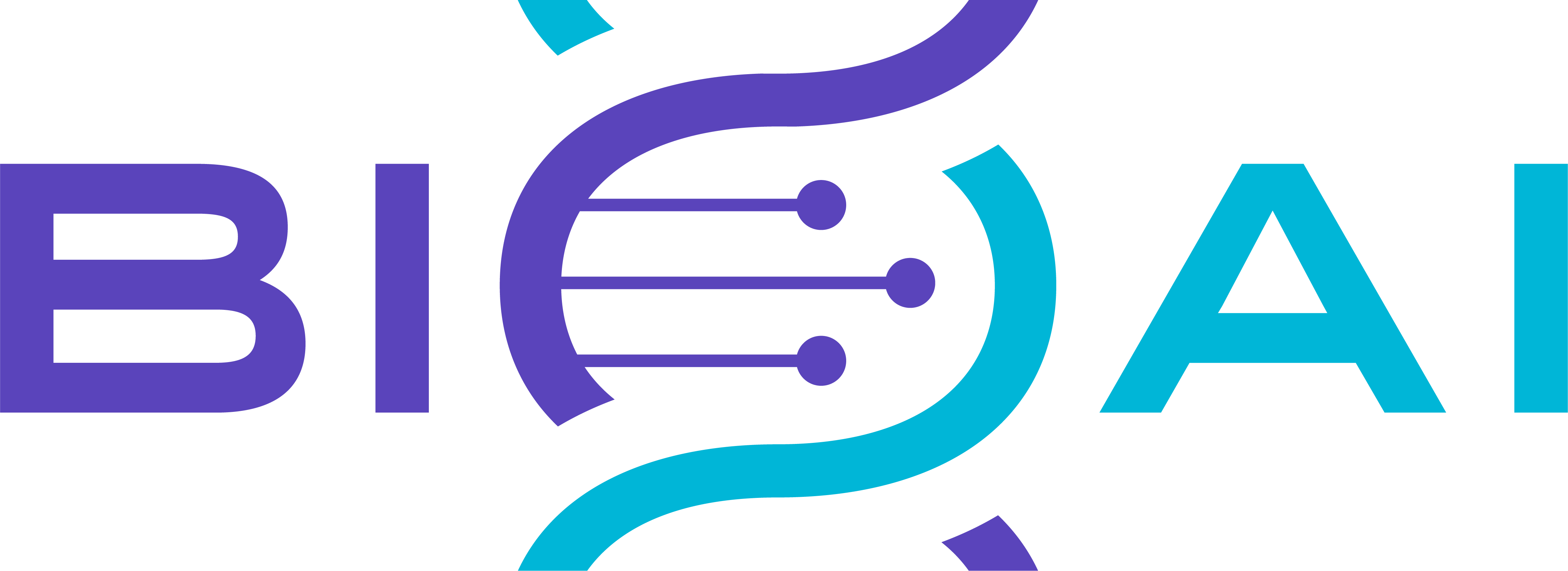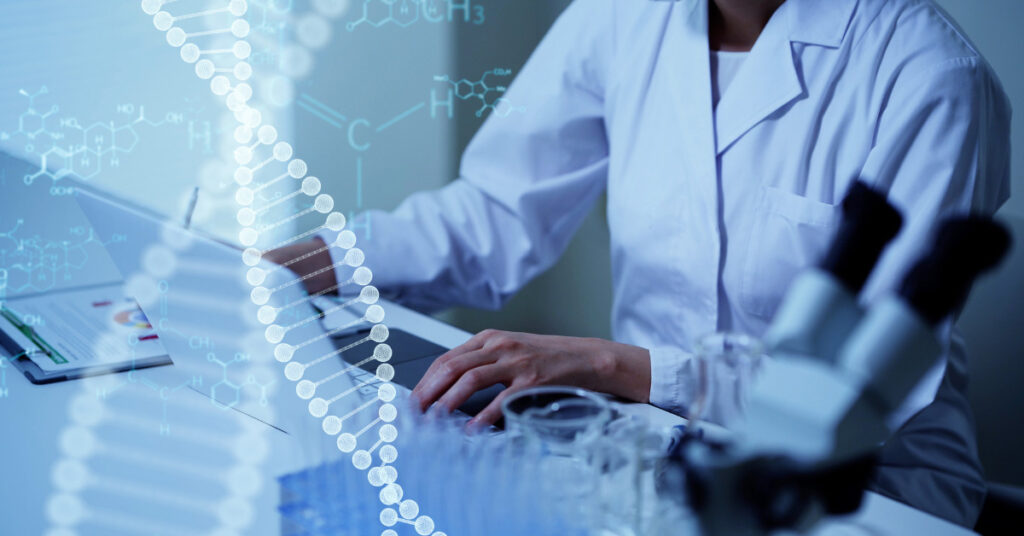Since we’ve entered the digital age, data has become increasingly valuable, and healthcare is no exception. High-quality data holds immense potential for modern medicine, especially in clinical research and development. Traditional randomized controlled trials (RCTs) have long been the gold standard, but they have their limitations. Enter what we call real-world data (RWD) and real-world evidence (RWE), which are revolutionizing how we understand and approach healthcare. Let’s take a closer look at what these two terms mean, their importance, and how they are shaping the future of precision medicine.
What is Real World Data?
Real-world data encompasses information about patient health and healthcare delivery from a variety of sources. These sources include electronic health records (EHRs), claims and billing activity, product and disease registries, and even data from mobile devices and medical wearables. RWD is data generated during routine care delivery, providing a broader view of the patient experience beyond clinical trials.
Real World Evidence: Turning Data into Insights
Real-world evidence is derived from the analysis and interpretation of RWD. It provides clinical insights from real-world applications and outcomes. These insights empower stakeholders to make informed decisions and improve overall patient care. While RWD is the raw material, RWE is the distilled knowledge derived from rigorous analysis that answers critical clinical questions and drives evidence-based practice.
Real World Data vs Real World Evidence: What is the Difference?
To summarize the key differences, real world data refers to the raw information collected from multiple sources (such as electronic health records, claims databases, and patient-generated data). RWD represents the diverse data sets collected during routine healthcare encounters. This data provides a comprehensive view of the patient experience.
While real-world evidence emerges from the analysis and interpretation of RWD, providing clinically rich insights into real-world practice and outcomes. While RWD represents the raw material, RWE represents the distilled knowledge derived from rigorous analysis that answers critical clinical questions and drives evidence-based practice. In essence, RWD is the data itself, while RWE is the insights gained from analyzing and interpreting the data.
Why Does Real World Data Matter in Precision Medicine?
RWD is important because it can overcome the limitations of traditional RCTs. Unlike RCTs, which often involve controlled sample populations and significant time and financial investment, RWD can be collected from diverse cohorts or population subgroups in real-world settings. This diversity allows researchers to gain valuable insights into how different therapies perform under different conditions, patient behaviors, and environmental factors. In addition, regulatory agencies such as the U.S. Food and Drug Administration (FDA) are increasingly recognizing the importance of RWD in supporting regulatory decisions, driving precision medicine into a new era of more effective treatment options.
How is Real World Data Used in Clinical Settings?
Real-world data is a powerful tool in many areas of healthcare. For life science researchers, it provides valuable insights into therapy performance in real-world settings, complementing traditional statistical approaches with advanced analytics such as machine learning and predictive modeling. This data-driven approach accelerates drug development and improves understanding of treatment efficacy and patient safety.
Physicians also play a key role in generating RWD through EHRs, which contribute to a large volume of clinical data. These analyzed data sets provide actionable insights that help guide treatment decisions, improve patient outcomes, and ultimately drive innovation in clinical care around the world.
Challenges and Opportunities for Real World Data vs Real World Evidence
While these offer transformative potential, the use of RWD and RWE comes with challenges. Issues such as data quality, bias, and privacy concerns require robust analytical frameworks and validation processes. Integrating disparate data sources and navigating the regulatory landscape require concerted efforts from stakeholders across the healthcare industry.
Despite the difficulties, the rewards far outweigh the challenges. By embracing RWD and RWE, we can open new avenues for innovation, accelerate drug development, and improve patient outcomes. Through the convergence of modern technology, data-driven analytics, and collaboration with industry experts in precision medicine, we can create better healthcare systems where every data point contributes to smarter medicine. As we continue to harness the power of data, we can achieve better outcomes for patients around the world.
At BioAI, we’re improving patient outcomes by developing novel AI solutions for precision medicine. We’re accelerating biomarker discovery through multimodal AI and our growing data network. In addition to AI biomarker services, BioAI also offers custom data sourcing solutions and biospecimen services. In terms of data, we can provide H&E digital images, IHC and molecular characterization of FFPE samples.
While BioAI’s PredictX Platform can intake your data and generate novel insights. PredictX integrates world-leading AI methodologies, including In-silico phenotype projection and integrated deep learning to map the causal biology of disease, develop digital biomarkers, and identify drug targets.
Ready to take your R&D to the next level? Contact BioAI today to learn more.
Sources:

